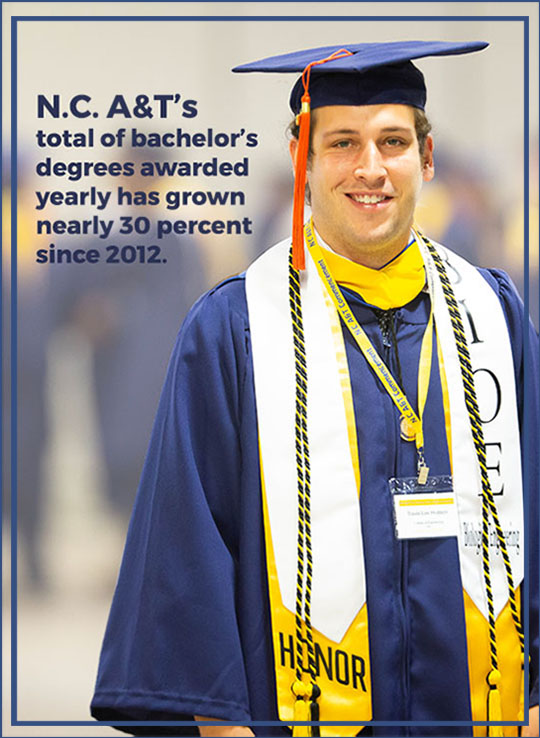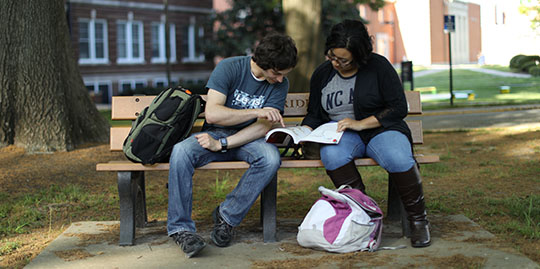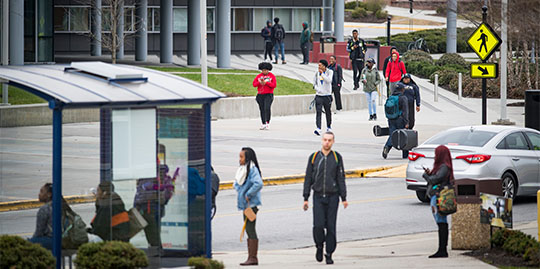
 Chancellor's Message |
|||||
|
|||||
 Trendline |
|||
| |||

|
|||
 These Three Things |
|||
| |||

|
|||
 Impact |
|||
| |||

|
|||
 Data Points |
|

|
|
| CHANCELLOR Dr. Harold L. Martin Sr. CHIEF OF STAFF Erin Hill Hart, Interim |
ASSOCIATE VICE CHANCELLOR Todd Hurst Simmons | | WEB MANAGER |
Yvonne L. Halley STAFF WRITERS Tonya D. Dixon Jordan M. Howse |

| North Carolina Agricultural and Technical State University is a land-grant university that is ranked by the Carnegie Classification of Institutions of Higher Education as a Doctoral University: High Research Activity. N.C. A&T does not discriminate against any person on the basis of age, color, disability, gender identity, genetic information, national origin, race, religion, sex, sexual orientation, veteran status, or any other basis protected by law. For inquiries regarding non-discrimination policies, contact the Title IX Coordinator at titleixcoordinator@ncat.edu. N.C. A&T is an AA/EEO employer, and it is an ADA compliant institution; thus, facilities are designed to provide accessibility to individuals with physical disabilities. |

 For nearly 130 years, North Carolina A&T has been a beacon of opportunity for undergraduate students.Our university has of course grown over the years to include master’s and doctoral programs; even so, our focus on those bachelor’s degree-seeking students is stronger today than ever before.
For nearly 130 years, North Carolina A&T has been a beacon of opportunity for undergraduate students.Our university has of course grown over the years to include master’s and doctoral programs; even so, our focus on those bachelor’s degree-seeking students is stronger today than ever before. 
 N.C. A&T’s new 150,000-square-foot Student Center
N.C. A&T’s new 150,000-square-foot Student Center

